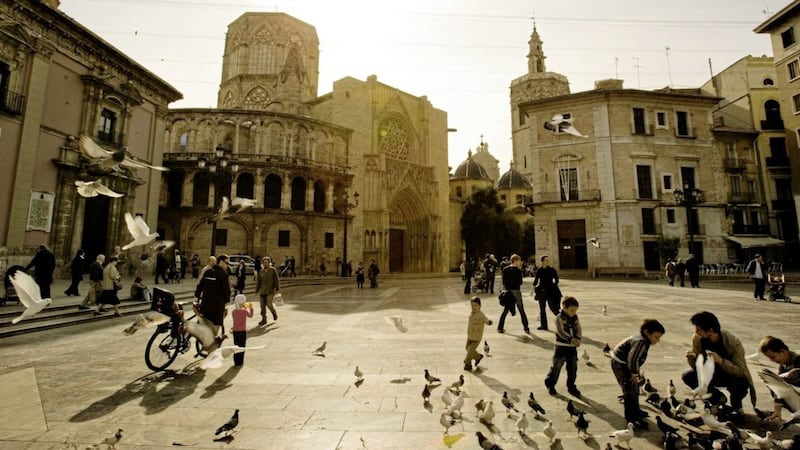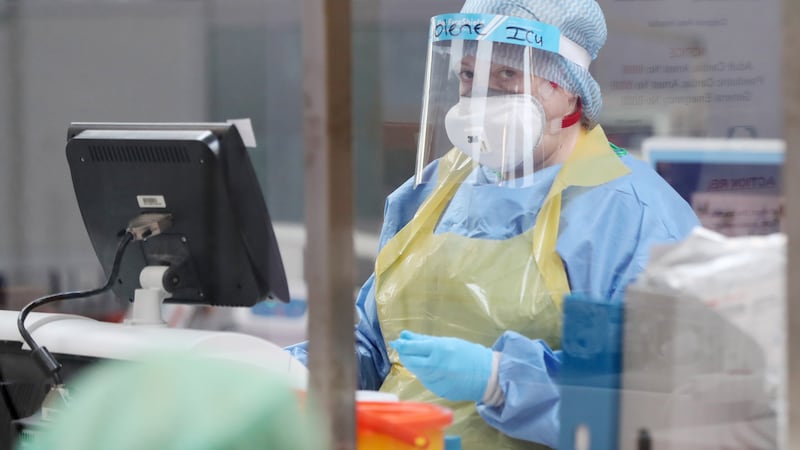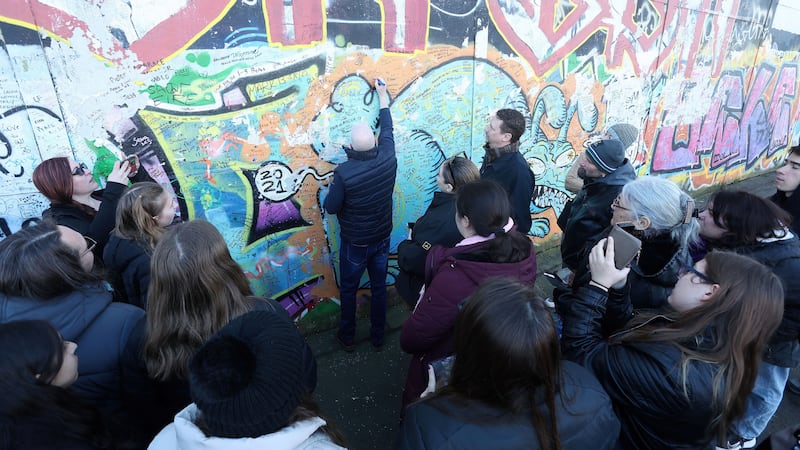THE ultimate secret to making a proper Valencian paella has nothing to do with ingredients, measures or the temperature at which it is cooked – it is dancing a fandango around the kitchen and talking sternly to the rice.
Valencias are very proud of their paella, but there is no messing about with ad libbing or giving it a bit of a twist here and there. If you are cooking Valencian paella it must include rabbit, chicken, snails, beans, artichoke, rice, paprika and saffron.
Other regions use different ingredients and call it paella, but it is not Valencian paella.
A lesson at Escuela de Arroces y Paella starts with a visit to Valencia's nearby Mercado Central, which dates back to when the Arabs ruled this part of Spain. It is Europe's largest indoor market with around 400 stalls, many of them run by several generations of the same family.
Here the meat and vegetables, fresh from the surrounding countryside, are bought and brought back through the narrow twisting streets of Valencia's old town to the cookery school.
Chef Pepe Fortea began offering classes during the day a few years ago and in the evenings his school went back to being a traditional restaurant, but the classes have become so popular he now runs three a day, delivering his paella masterclasses in Spanish with an English translator on hand.
Paella comes from the name of wide shallow pans in which the dish is cooked. According to Pepe, the rice is king – short-grain rice grown in Valencia which absorbs the flavours of the meat and vegetables, the paprika and dark red saffron which gives it both its colour and extra layer of flavour, and a large stalk of rosemary.
The heat is turned up so that all the liquids are absorbed and then the rice at the bottom in the centre of the pan blackens and crusts. Pepe says the way to spot a true paella is to look out for the ‘socarraet’, the flakes from this crust.
Then came the dancing, Pepe’s students looking at first bemused – in my case alarmed – as the music was cranked up. But he was insistent, and hands were linked as we danced a fandango around the bubbling paellas before pointing at them with wagging fingers and, in Valencian (the regional version of Catalan), ordering our creations to taste good. It worked.
Valencia’s old town is a maze of interweaving narrow streets whose secrets unfold with aimless wandering. Its cathedral occupies a site with a long religious history dating back to Roman times when it was a temple to the goddess Diana; then when the Arabs came it was a mosque; and following the Christian reconquest it became a church.
For all those questers who’ve been poking around Glastonbury in England for centuries looking for the Holy Grail, forget it – it's here in Valencia in a side chapel of the cathedral. The top part of the 17cm tall chalice is made of quartz stone and its manufacture has been dated to the first century BC.
In another side chapel hang two paintings by Spanish master Francisco de Goya. The high altar is another masterpiece, with baroque dome, some fine examples of early Spanish painting and intricate gilt work.
Even more remarkable is St Nicolas's church, which from the outside looks fairly non-descript but which is now hailed as the Sistine Chapel of Valencia, thanks to its stunning painted ceiling. Two narratives run on each side telling the parallel stories of St Nicolas and St Peter (not the Gospel Peter, but a 13th century Italian saint).
The river on whose banks the city was built, has been diverted since 1987 and a 10km park of greenways, sports fields and playparks sprawl along the former river bed, with bridges still spanning it. Further downstream are the sci fi-style buildings that make up the City of Arts and Sciences.
On the opposite bank from the old city is Museo de Bellas Artes, with works by Goya, Velázquez and El Greco. Back on the old city side is the more modernist IVAM, which is hosts a superb collection of works by Catalan surrealist Joan Miró.
For something a bit different, try the contemporary Bombas Gens art gallery, across the former ‘rio’ from the old side of the city. This hosts themed exhibitions on the site of a former factory that during the Spanish Civil War manufactured arms for the Republican government. There are guided tours into the former air-raid shelter which was built to protect workers from bombardment by pro-Franco forces.
Valencia lies close to the coast and a long wide sandy beach. Behind it are the traditional fishing districts of El Cabañal and La Malvarrosa. For years El Cabañal with its distinctive architecture was under threat of demolition, but a 25-year grassroots campaign has won through and the area has been preserved.
A cycle tour with the brilliantly informative Marga from Poblados de la Mar, opens up the history, architecture and culture of this barrio, which has the feeling of a place apart from the nearby city.
Back in to the city centre for more taste explosions and to El Colmado de la Lola, beside the cathedral, which offers high-end Valencian tapas. And for a unique Valencian nightlife experience order a jar of ‘Aqua de Valencia’ (orange juice, cava, vodka and liqueurs mixed together) in the baroque and decadent Café de las Horas. Though be careful as this cocktail packs a punch.
The other place to be for nightlife is the Ruzafa district, where cafes, bars and restaurants line the streets. This is a good place to experience the easygoing vibe of the city.
For a typical Valencian tapa try esgarraet – roasted red peppers with salted cod, doused in olive oil and garnished with garlic accompanied by the local larger, Turia.
My ‘find’ in Valencia was Restaurante Barraca, which lies about 7km outside the city but can be reached by metro. It is run by farmer Toni Montiliu who grows his own vegetables and who cooks paella on huge pans over a wood fire. A visit to Toni includes a tour of his vegetable plots and a horse and carriage ride to the traditional farmhouse where his grandparents lived.
He is local celebrity (he was featured on Italian MasterChef) and during my time there his phone was constantly ringing as people tried to get a last-minute cancellation, so if going make sure you pre-book.
FACTFILE
:: EasyJet flights from Belfast International to Valencia will begin from June 23, through to October. Ryanair already operates flights to the city from Dublin.
:: A taxi from the airport into city centre should cost between €18-22.
:: For more information on what's on and places to visit go to visitvalencia.com.
:: For paella cookery courses at Escuela de Arroces y Paella, visit escueladearrocesypaellas.com
:: To book a guided bike tour of El Cabañal visit pobladosdelamar.com
:: And for information on Barraca de Toni Montoliu go to barracatonimontoliu.com








